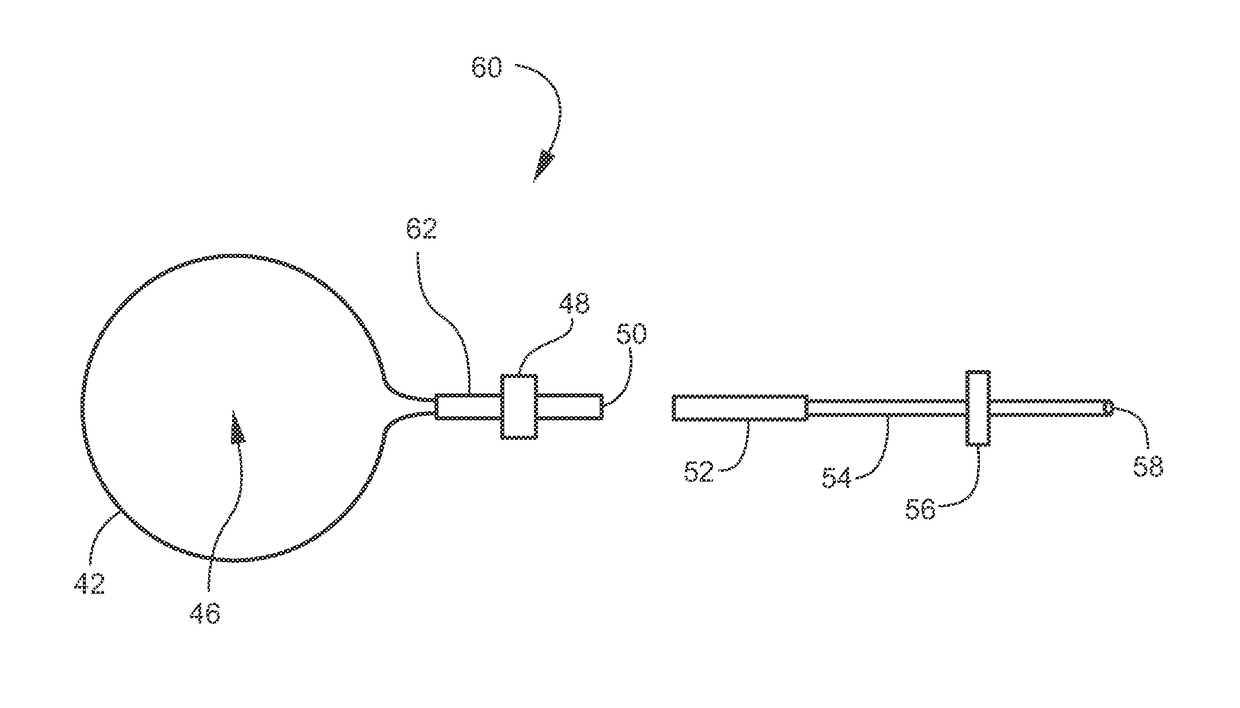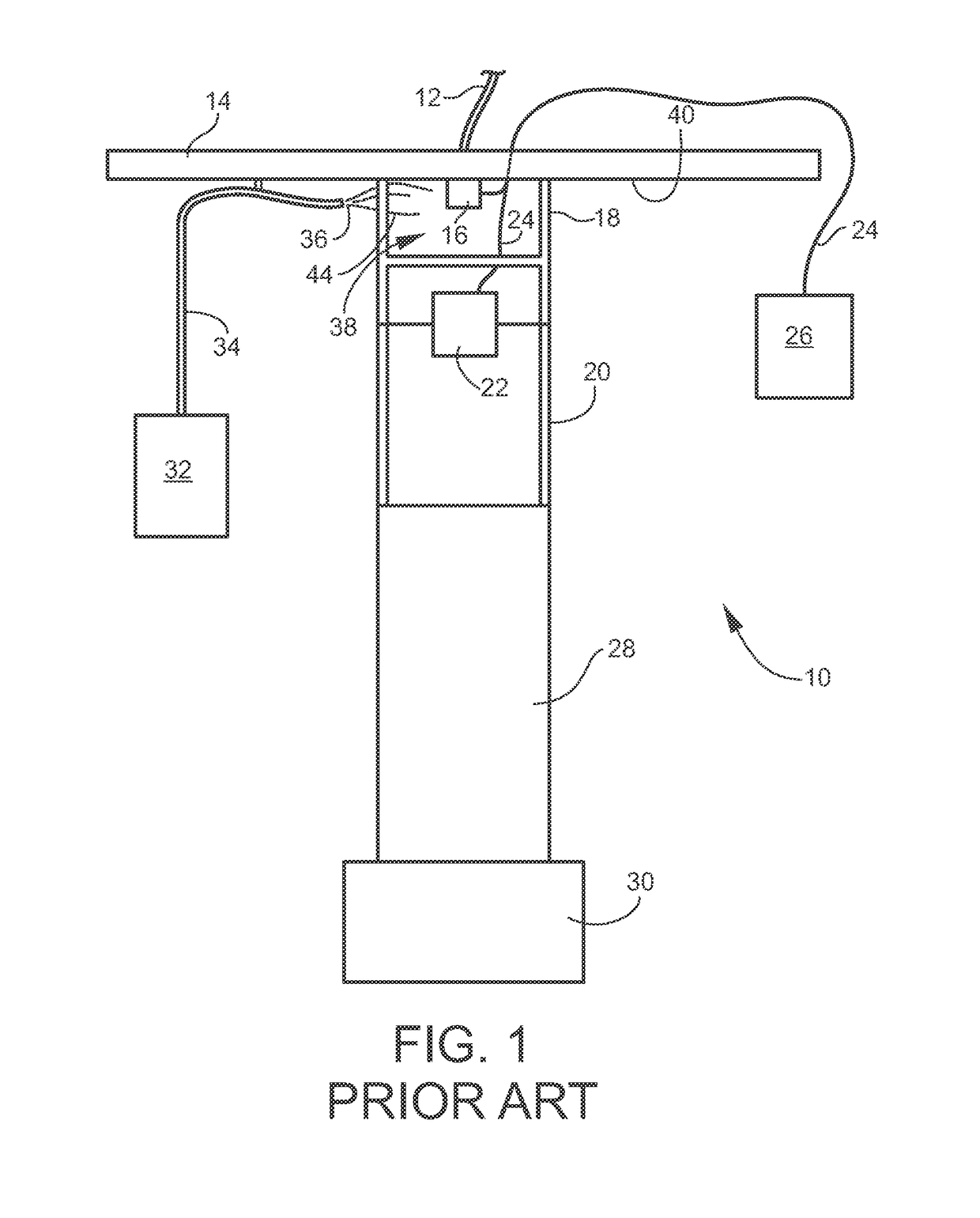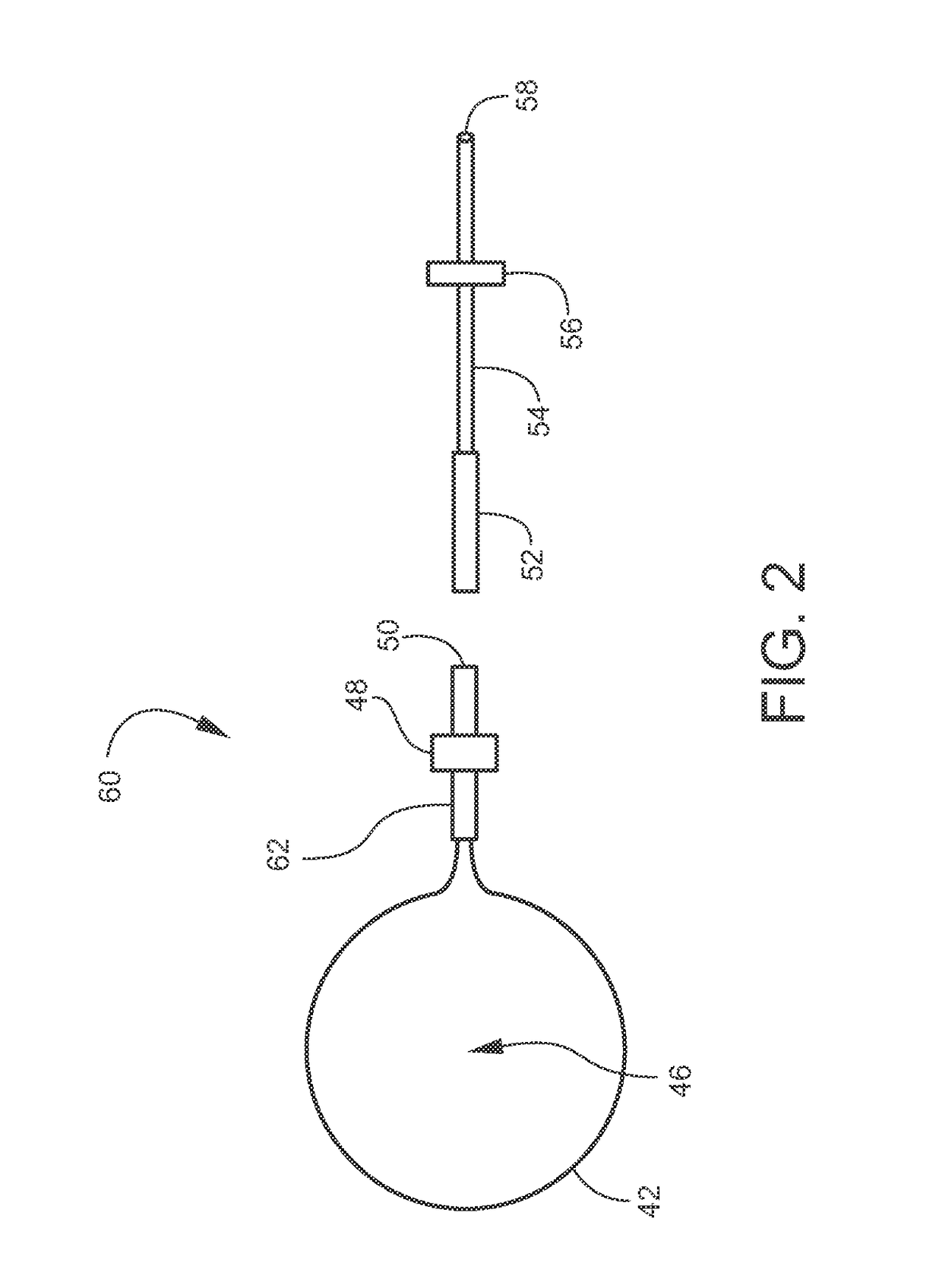Carbon dioxide source for arthropod vector surveillance
a technology of arthropods and carbon dioxide, which is applied in the field of surveillance of disease-transmitting arthropods, can solve the problems of difficult to obtain dry ice and compressed carbon dioxide gas, unfavorable human-animal baiting for vector surveillance, and ineffective light traps known for collecting vectors
- Summary
- Abstract
- Description
- Claims
- Application Information
AI Technical Summary
Benefits of technology
Problems solved by technology
Method used
Image
Examples
Embodiment Construction
[0026]A novel source of carbon dioxide gas for an arthropod trap is useful for pest and disease surveillance of insect and other arthropod vectors. The novel CO2 gas source may be used wherever surveillance is conducted. The disclosed apparatus and method may be used with a wide variety of arthropod traps, for example, the CDC (Centers for Disease Control) light trap, BG-Sentinel (Biogent) trap, and other types and varieties of arthropod traps. For example, the invention may be used with arthropod traps that do not include a light or other lure sources. An example of a CDC light trap is shown at http: / / johnwhock.com / products / mosquito-sandfly-traps / cdc-miniature-light-trap / (last accessed on Aug. 18, 2015). An example of a BG-Sentinel (Biogent) trap is shown at http: / / www.bg-sentinel.com (last accessed on Aug. 18, 2015).
[0027]FIG. 1 is a schematic drawing of a known trap 10 for trapping mosquitos. Trap 10 is only one example of an arthropod trap. Many other types of arthropod traps m...
PUM
 Login to View More
Login to View More Abstract
Description
Claims
Application Information
 Login to View More
Login to View More - R&D
- Intellectual Property
- Life Sciences
- Materials
- Tech Scout
- Unparalleled Data Quality
- Higher Quality Content
- 60% Fewer Hallucinations
Browse by: Latest US Patents, China's latest patents, Technical Efficacy Thesaurus, Application Domain, Technology Topic, Popular Technical Reports.
© 2025 PatSnap. All rights reserved.Legal|Privacy policy|Modern Slavery Act Transparency Statement|Sitemap|About US| Contact US: help@patsnap.com



